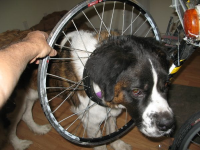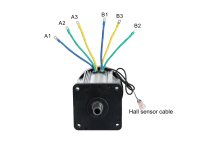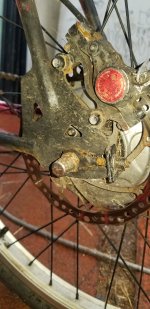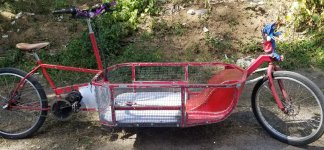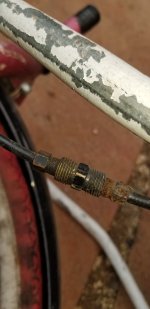great idea, no need to worry about lining up the studs correctly when they are factory assembled and easily acquired from the pile.Check out what Amberwolf has done in that regard. I think his favorite approach is to hack the brake arch off of a cheap steel suspension fork, then weld it to the subject frame or fork.
I'd still be using my dual-rim-brake setup on the heavy heavy-cargo SB Cruiser trike, if it hadn't been for the only collision I've ever been in, back in 2019. Pics of the intact version at the end of this post.
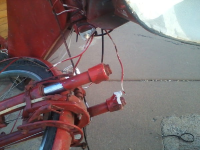
I converted to disc brakes then for a number of reasons, but so far the Avid BB7 MTN on the front has been more braking than I could use without losing front wheel traction, so I never went back and added the rim brakes too (wouldn't have added any braking). But the rotor does get RFH on every braking event.
Now I am using variable regen on the rear DD hubmotors to give just enough extra braking to greatly ease the stress on that single front mechanical brake.
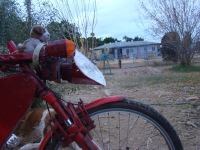
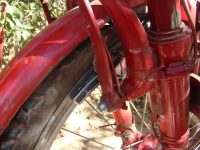
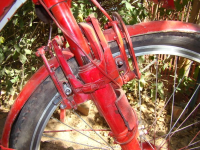
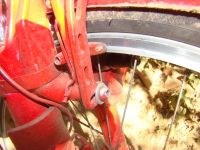

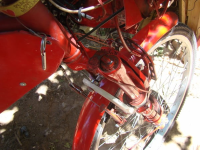
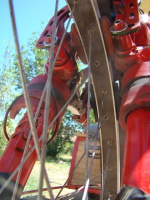

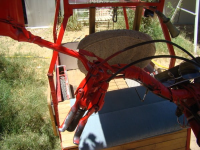
On the old Crazybike2 I used the studs plus a bit of seatstay off another old frame to add rear brakes to the custom frame that didn't hve any yet
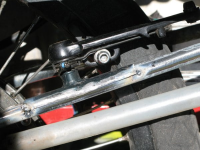
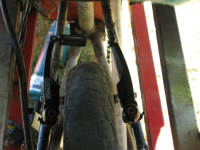
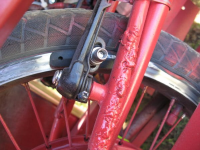
and the Crazybike2's first clamped-on arch (steel arch of a crappy fork, shaped and weld-reinforced to clamp to the aluminum studless fork I had at the time)
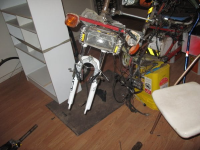

While I was doing the work to get that all done, nearly a decade ago now, Yogi decided it would be great to get his head stuck in the rotor of the hubmotor I had apart, leaning against a wall; I had to grab the rim to keep him from breaking himself or the world (thankfuly he wasn't panicky like some dogs would be). :lol:
